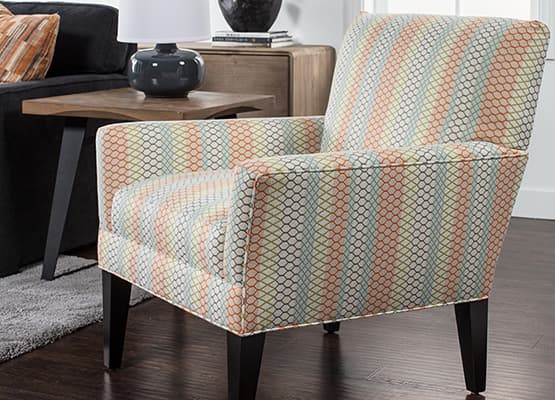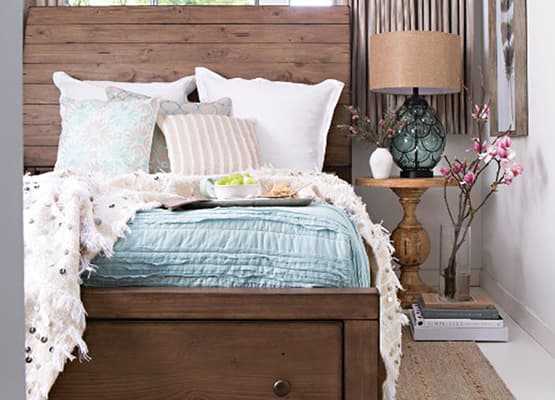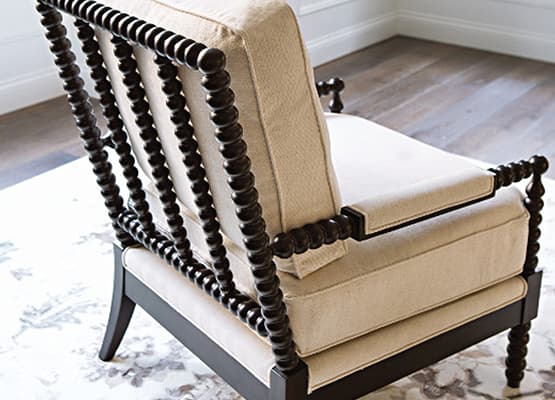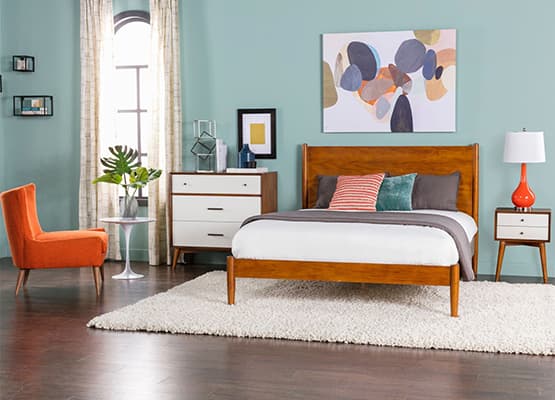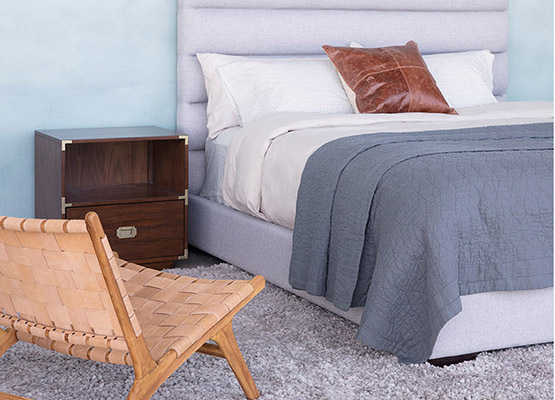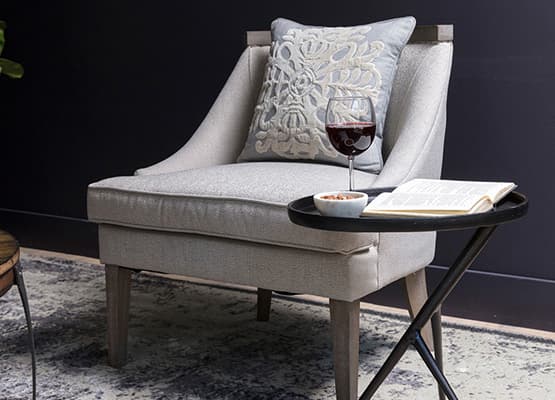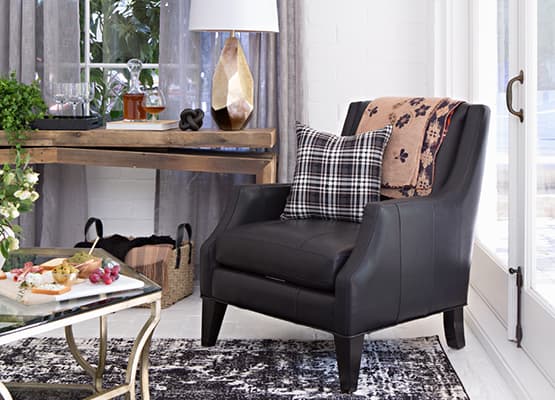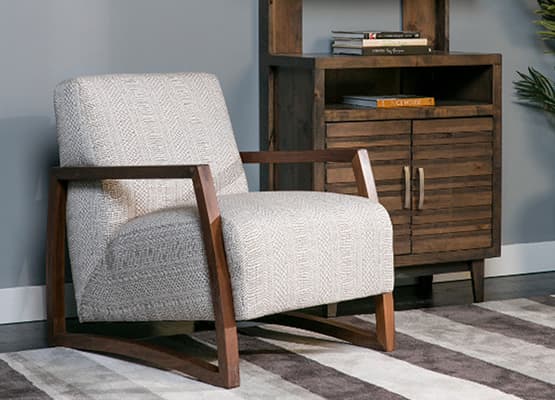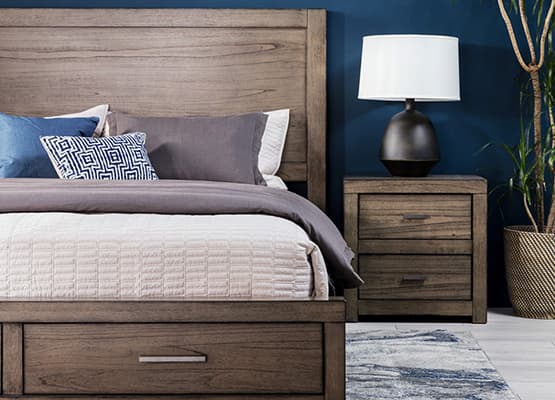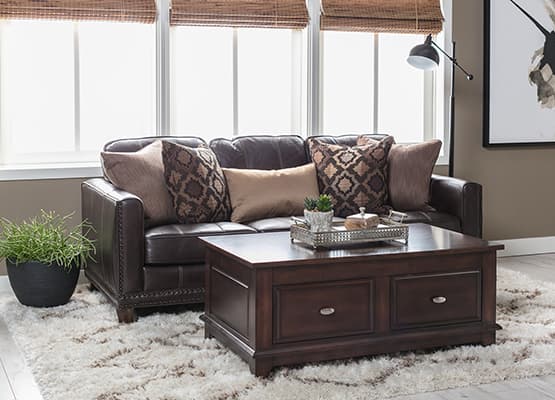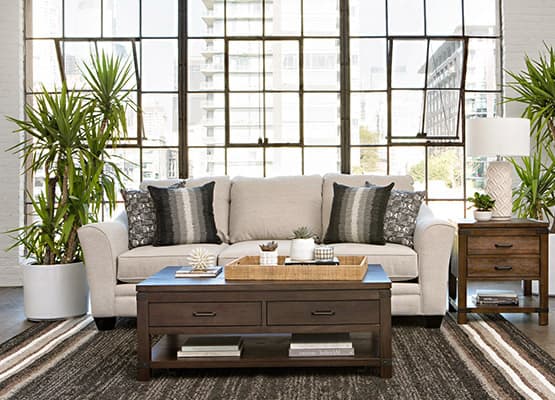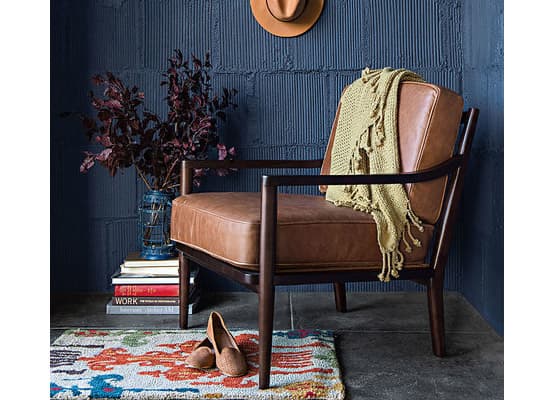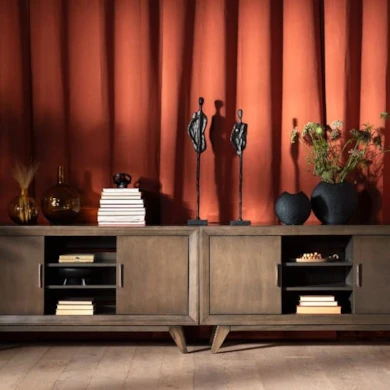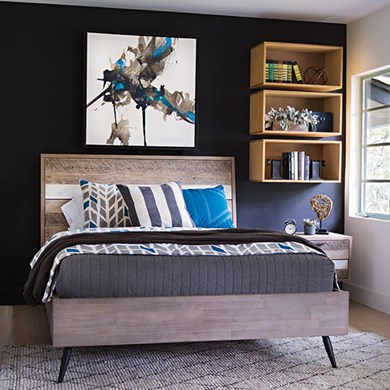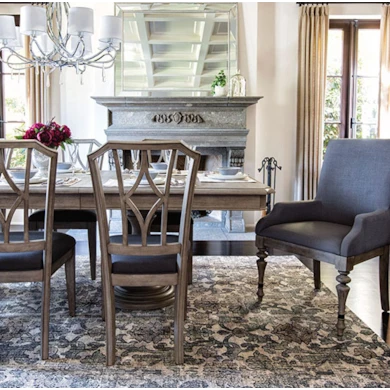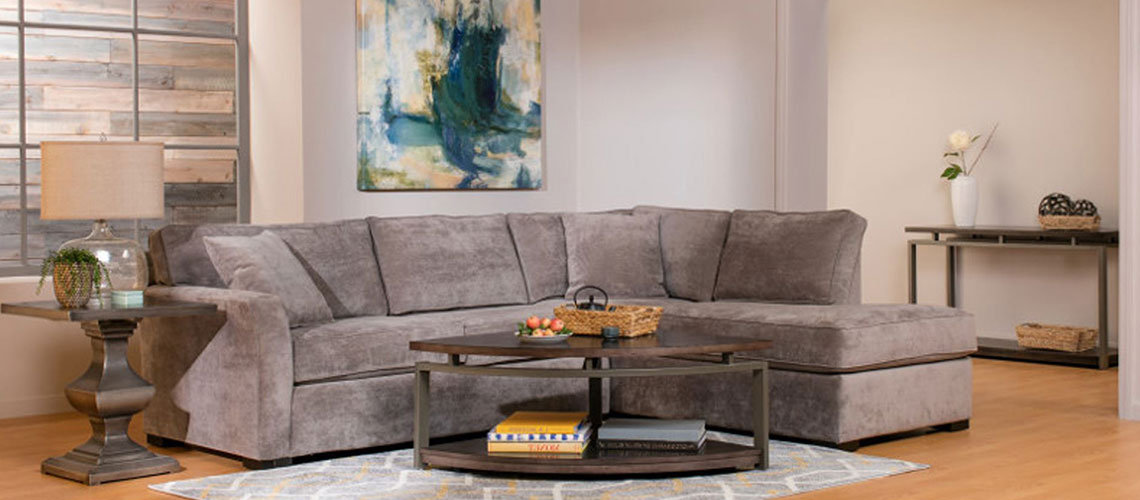
What Is Transitional Style?
Transitional style is the sweet spot between traditional and contemporary! If you are looking for versatility in your home's interior design, then go with the transitional style. Merging the clean lines and bold colors of contemporary with the rich fabrics and ornate patterns of traditional, transitional style makes it easy to dress up or tone down, depending on your mood.
What Makes Transitional Different Than Traditional
While transitional uses the classic lines of traditional style, colors and furnishings are usually more contemporary. Transitional style embraces soft lines and comfortable furnishings, but without the fuss or ornateness of traditional styling. Here are some ways that transitional style compares to traditional:
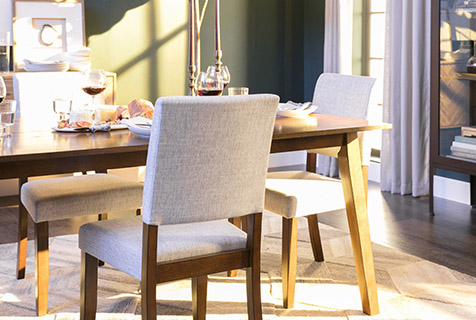
- Transitional's colors are not as saturated, and there's less use of pattern overall. When a pattern is employed, it's generally a subdued geometric.
- Transitional style mixes different species and tones of wood, and the wood is generally a lighter color than in traditional design. Painted wood dressers, tables and more are also good options for this style.
What Makes Transitional Different Than Contemporary
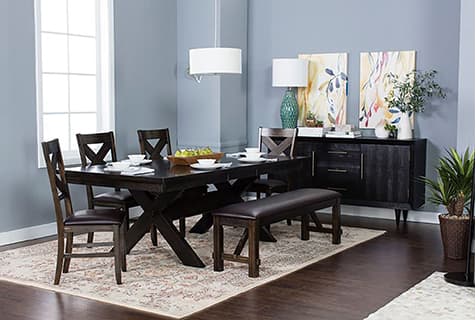
How Much Traditional, How Much Contemporary?
When considering how much contemporary flair to mix with your traditional comfort, it's good to stick to some tried-and-true approaches so your design doesn't fall too much into either camp. That way, you can count on your rooms always looking fresh and timeless. Here are some ideas to accomplish that goal.
Choose either traditional or contemporary for anchor elements
Perhaps the best way to build your transitional design is to start with the large furniture pieces — couches, chairs, tables — in the style that appeals to you the most for those items. Then, bring in other traditional and contemporary elements for balance. This approach can lean your room toward either the contemporary or the traditional but doesn't anchor you there, so you avoid a design that is either too ornate or too austere.
The best traditional features for transitional style:
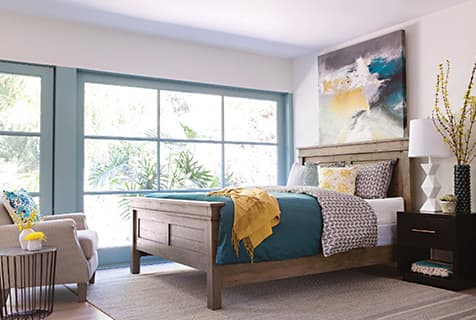
— More Great Articles —
Read the Latest
Editorial Disclaimer: Articles featuring tips and advice are intended for educational purposes and only as general recommendations. Always practice personal discretion when using and caring for furniture, decor and related items.
